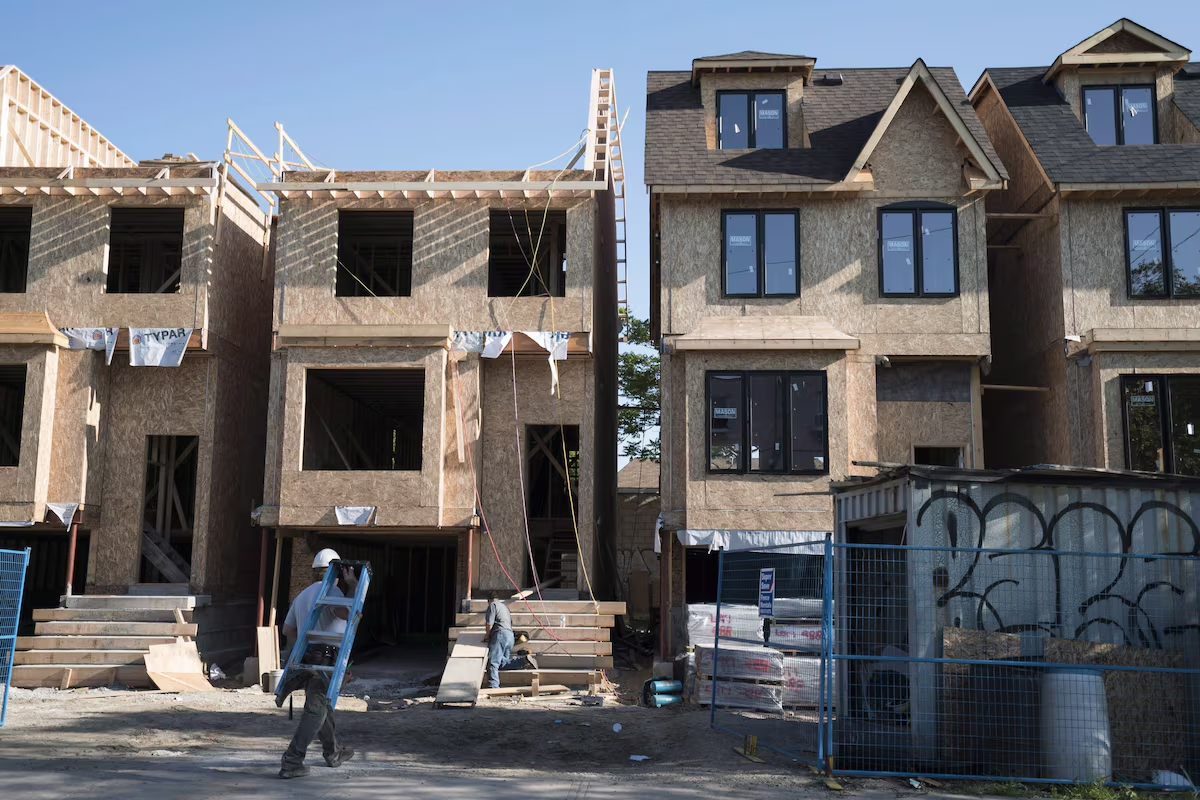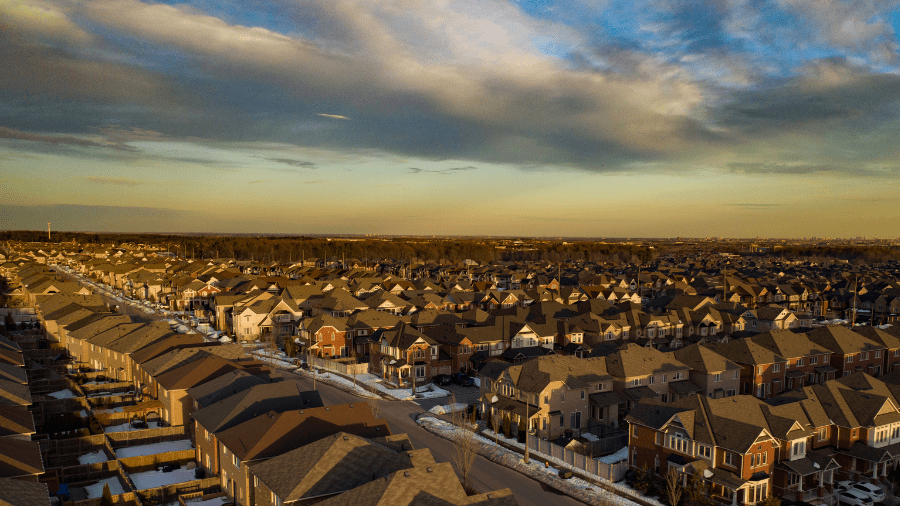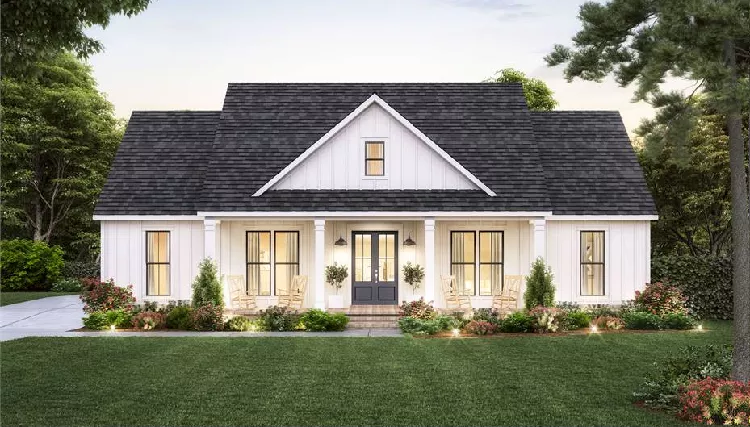
Introduction
Low-income housing refers to affordable rental housing for those living on a limited income. Households are generally considered to be low-income if they earn less than 80% of the median income for their area. There is a severe shortage of affordable housing in Canada leaving many low-income individuals and families struggling.
Rising housing costs have dramatically outpaced income growth over the past few decades, making it increasingly difficult for lower-income households to find housing they can afford. Discriminatory policies and exclusionary zoning have also contributed to the lack of affordable housing options.
This article examines the key challenges surrounding low-income housing access today. It provides an overview of federal housing programs, innovative local approaches, the connection between housing and health/criminal justice outcomes, and potential solutions. With over 10 million low-income households paying more than half their income on rent, this issue impacts the lives and wellbeing of millions of Americans.
Housing Cost Burden – Affordable Homes in Canada
A housing cost burden exists when a household spends more than 30% of its income on housing costs, including rent, mortgage payments, taxes, insurance, and utilities. This high cost often forces tough trade-offs with other basic needs like food, transportation, healthcare, and savings.
Nationwide, over 70% of extremely low-income renters are considered cost burdened. The rates also remain high for very low-income (63%) and low-income households (31%). Regional variations exist, with certain metro areas and coastal cities seeing even higher rates among low-income families.
 Several factors contribute to the housing cost burden faced by low-income households:
Several factors contribute to the housing cost burden faced by low-income households:
– Stagnant wages and rising housing costs have increased the gap between what workers earn and what housing costs. From 2001 to 2020, rents rose faster than incomes in every state.
– A shortage of affordable rental units exists, especially for extremely low-income households. Only 37 affordable units are available per 100 very low-income renters nationwide.
– Gentrification and appreciation of home values in certain neighbourhoods have pushed up housing costs beyond what original residents can afford.
– Generational poverty, unemployment, mental/physical disabilities, and discrimination create additional barriers to income growth needed to afford housing.
The heavy cost burden forces difficult trade-offs in meeting other basic needs, impacts physical and mental health, limits money for savings and advancement, and puts many at constant risk of eviction and homelessness.
Shortage of Affordable Unit – Affordable Homes
The shortage of affordable housing units across the United States has reached crisis levels. According to the National Low Income Housing Coalition, there is a shortage of 7 million rental homes affordable and available to extremely low-income renter households. This deficiency in affordable housing inventory impacts low-income families in a profound way.
Several factors have contributed to the worsening affordable housing crisis in recent years:
– Stagnant wages and income inequality. As wages have remained relatively flat for lower income workers over the past few decades, housing costs have continued to rise sharply in many urban areas. This growing gap makes it difficult for millions to afford safe and stable housing.
– Loss of low-cost housing units. Previously affordable housing units have been lost due to condo conversions, demolition, rising rents and neglect by landlords. This has exacerbated supply constraints.
– Increase in higher-income renters. As rents have spiked, higher-income households are also renting longer into adulthood. This had added competition for a stagnant supply of affordable units.
– Lack of public and private investment. The affordable housing inventory has failed to keep pace with demand in part due to inadequate construction of new low-cost units and assistance programs.
The shortage of affordable housing takes an immense toll on lower-income families and individuals. Without access to safe and stable housing that they can reasonably afford, many are forced to live in substandard conditions, take on extremely high rent burdens, move further away from jobs and support networks, experience homelessness or face displacement. This housing instability also causes more frequent moves, increased transportation costs, and other challenges that entrench poverty. Closing this gap in affordable housing availability should be a top policy priority nationwide.
Federal Housing Programs
The federal government has played a major role in providing affordable housing since the 1930s. Some of the key federal programs include:
**Public Housing** – This program provides rental housing units owned and operated by local public housing authorities. It serves very low-income families, seniors, and people with disabilities. Funding comes from the federal government and tenant rent payments. The number of public housing units peaked in the 1990s at over 1 million households and has declined since due to demolition, sale, and conversion to other programs. While the program has provided affordable housing, many projects suffered from poor maintenance, crime, and concentrated poverty.

**Section 8 Housing Choice Vouchers** – This tenant-based program issues rent vouchers to eligible low-income families, allowing them to rent market-rate units while paying 30% of their income towards rent. The voucher covers the difference between the tenant’s contribution and the market rent. Funding for vouchers has increased in recent decades to over 2 million households today. The program provides flexibility and options for tenants, but demand far exceeds the limited supply of vouchers.
**Low-Income Housing Tax Credit (LIHTC)** – Created in 1986, this program provides tax credits to incentives private developers to create affordable rental housing. It has supported 90% of all affordable rental housing in recent years. While successful, funding has not kept pace with the growing need. There have also been concerns about concentrating poverty in LIHTC developments.
**HOME Investment Partnerships Program** – Provides grants to states and localities to fund various affordable housing activities including building, buying, and rehabilitating affordable housing for rent or homeownership. It has assisted over 1 million households but has suffered funding cuts.
Overall federal spending on low-income housing programs has failed to keep up with the growing need. While existing programs have had successes and failures, more funding and effective policies are required to address the affordable housing crisis.
State and Local Efforts
Many states and cities have launched their own programs and initiatives aimed at increasing the supply of affordable housing units. These local efforts are often tailored to the specific needs and priorities of each area.
Some examples of innovative state and local affordable housing programs include:
– **Inclusionary zoning policies** – Local zoning laws that require a certain percentage of new construction to be affordable units. This directly increases affordable housing supply through new development. Cities like San Francisco, Denver, and New York have inclusionary zoning laws.
– **Public land or vacant property programs** – Cities and states make publicly owned land available for affordable housing development through discounted sales or long-term leases. For example, the city of Chicago has sold vacant lots for $1 each to nonprofits to build affordable homes.
– **Trust funds** – State, city or county trust funds provide an ongoing dedicated source of public funding for affordable housing, often fueled by taxes or fees on real estate transactions. For example, Massachusetts has a statewide Housing Trust Fund that funds rental assistance vouchers and affordable development.
– **Accessory dwelling units** – Making it easier for homeowners to create accessory dwelling units (ADUs) through pre-approved designs, fee waivers, and relaxed zoning rules can add naturally affordable rental units. California recently passed multiple laws to promote ADU growth statewide.
– **Strengthened rent control laws** – Some cities are reinforcing rent stabilization measures to help keep existing affordable units in place for tenants. Oregon recently became the first U.S. state to institute statewide rent control.
The impact and scale of these local efforts varies, but cumulatively they are making a dent in affordable housing shortages. Census data shows over 300,000 new income-restricted units have been built in the U.S. since 2016 thanks to state and local policies. Continued innovation and public-private partnerships at the local level will be key to fully addressing affordable housing needs nationwide.
Zoning and Land Use
Local zoning laws and land use policies have a major impact on the development of affordable housing. Exclusionary zoning practices like large lot size requirements, density limits, or prohibitions on multifamily units can restrict the construction of affordable units. These policies tend to raise housing costs by artificially limiting the housing supply.
Inclusionary zoning policies can help counteract these exclusionary practices. Inclusionary zoning mandates or incentives developers to make a share of new units affordable for lower-income residents. For example, a city may allow a developer to build at a higher density in exchange for making 10-20% of the units affordable. Well-designed inclusionary zoning creates mixed-income communities and expands access to opportunity for lower-income households.
In recent years, fair housing advocates have challenged exclusionary zoning policies as discriminatory against protected classes. In 2015, the Supreme Court ruled that policies leading to disparate impact against minorities may violate the Fair Housing Act even without intentional discrimination. This disparate impact standard could open more zoning policies to legal scrutiny and encourage local governments to implement inclusionary policies.
Homelessness – Affordable Homes
A lack of affordable housing significantly contributes to homelessness. When low-income households are unable to find affordable rental units, they can become homeless through no fault of their own. Indeed, the leading cause of homelessness is a lack of affordable housing.
Without affordable housing options, families and individuals living paycheck to paycheck can easily be evicted and find themselves on the streets. The connection is clear – regions with a shortage of affordable housing tend to have high rates of homelessness.
Homelessness exacerbates other problems. Life on the streets is difficult and dangerous, leading to health issues, exposure to the elements, and more. Children without stable housing perform worse in school. Job loss is common without an address to receive mail or resources to stay clean and presentable.
Expanding affordable housing is a key strategy to fight homelessness on a systemic level. Along with supportive services, access to affordable homes provides a stable foundation that helps people get back on their feet. Tackling the affordable housing shortage must be part of any plan to address homelessness.
The human impact of homelessness is real. Behind every statistic is a person dealing with extremely difficult circumstances. Fighting homelessness requires compassion along with a systemic response. Affordable housing is a basic need that, when missing, can completely destabilize lives. But with smart policies we can ensure that everyone has a stable, affordable place to call home.
Health Impacts
The lack of stable, affordable housing has significant impacts on physical and mental health outcomes. Numerous research studies have shown strong correlations between housing insecurity and increased risk for chronic illness, food insecurity, developmental delays in children, and mental health issues like depression and anxiety.
Without the foundation of an affordable, habitable home, individuals face immense stress and barriers to self-care. Families in unaffordable or overcrowded housing are more susceptible to asthma, lead poisoning, and infectious diseases. High housing costs lead to difficult tradeoffs in other necessities like nutrition, healthcare, and childcare. Constant moving and evictions disrupt social ties and a sense of community. The trauma and adversity caused by housing struggles can accumulate over a lifetime.
Longitudinal studies of homeless populations and families enrolled in housing assistance programs have demonstrated marked improvements in health outcomes when people transition into stable, affordable housing. Researchers emphasize the importance of housing as a social determinant of health and call for policies to expand access to affordable homes for low-income families as a public health intervention. Ensuring healthy housing for all must become a higher priority across our healthcare system and government.
Criminal Justice System
The lack of affordable housing is interconnected with incarceration rates in America. Those experiencing homelessness or housing instability face a greater risk of entering the criminal justice system. Several key connections exist:
– Housing instability can lead to incarceration. Those without stable housing are more likely to commit crimes as a means of survival, such as sleeping in public spaces or stealing food. Homelessness is essentially criminalized.
– Incarceration leads to future housing instability. A criminal record presents major barriers to finding housing after release from jail or prison. Landlords often discriminate against renters with a criminal background.
– Housing stability improves re-entry and reduces recidivism. Formerly incarcerated individuals who secure affordable housing are less likely to commit new crimes and return to jail. Stable housing provides a base for reintegrating into society.
– High rents and lack of housing make re-entry even harder. In many cities, finding an apartment after release is nearly impossible for those on limited incomes. Ex-offenders end up homeless, perpetuating the cycle of criminality.
The evidence clearly shows that increasing availability of affordable housing could significantly decrease incarceration rates. By ensuring housing stability, individuals gain the foundation needed to build productive, law-abiding lives. Housing justice and criminal justice reform must go hand-in-hand.
Conclusion on Affordable Homes
The lack of affordable housing in the United States has reached crisis levels, disproportionately impacting low-income families, people of color, seniors, and individuals with disabilities. As this article outlined, over 10 million renter households are cost-burdened, spending over 30% of their income on housing. With wages stagnant and rents continuing to rise faster than inflation, the number of cost-burdened households will likely continue growing.
At the root of the affordability crisis is a shortage of affordable units, especially for extremely low-income households. Federal housing programs provide crucial assistance but only reach a fraction of those in need. State and local governments have implemented measures like rent control and inclusionary zoning with mixed results. Meanwhile, restrictive zoning policies that limit multi-family and affordable housing developments continue driving high housing costs.
Homelessness remains a visible symptom of the lack of affordable housing, with over 500,000 people experiencing homelessness nationwide. The health and social impacts of unaffordable housing and homelessness are far-reaching. As this article described, lack of stable housing is linked to poor health outcomes and increased use of emergency services. Those without homes also interact more frequently with the criminal justice system.

Solving the affordable housing crisis requires policy reforms at all levels of government. More public investment is needed in programs like the national Housing Trust Fund and rental assistance. State and local governments should implement tenant protections while reducing barriers to affordable housing construction. Market-based solutions can supplement public programs but do not eliminate the need for government intervention. Addressing the shortage of affordable housing remains imperative to improve economic mobility and quality of life for millions of Americans. Affordable Homes
